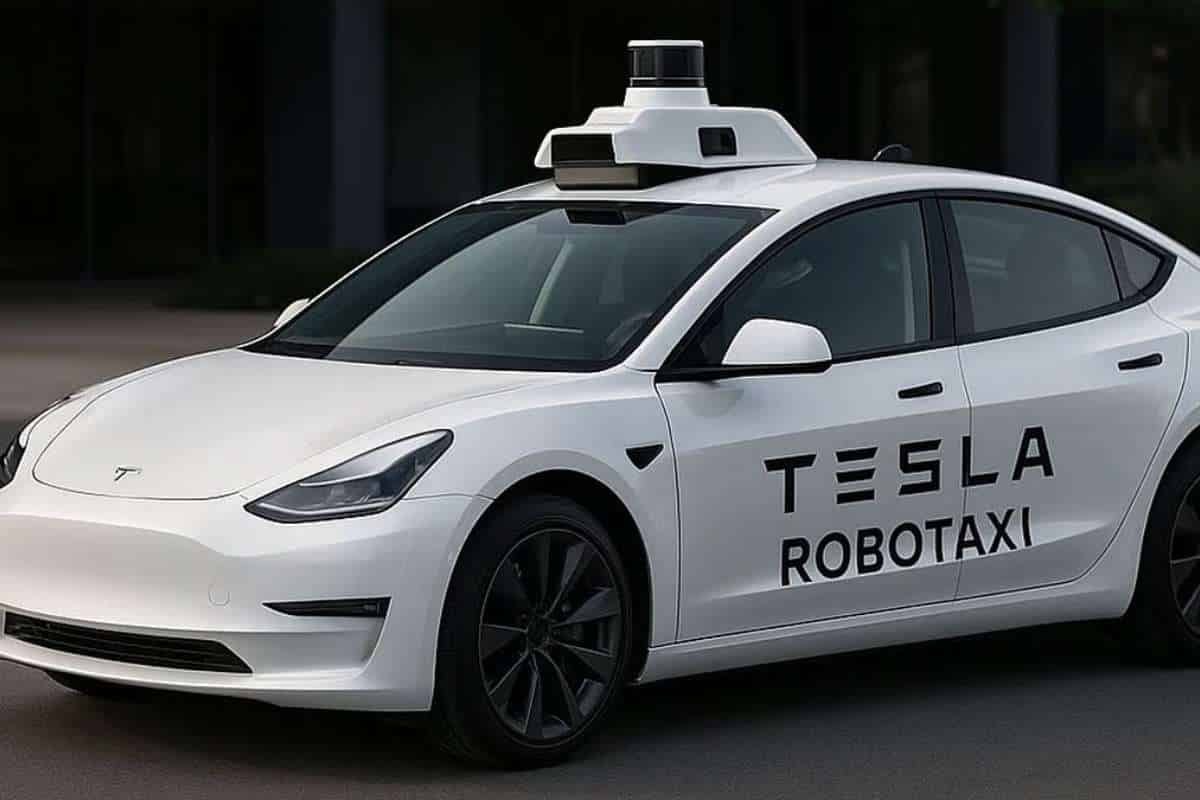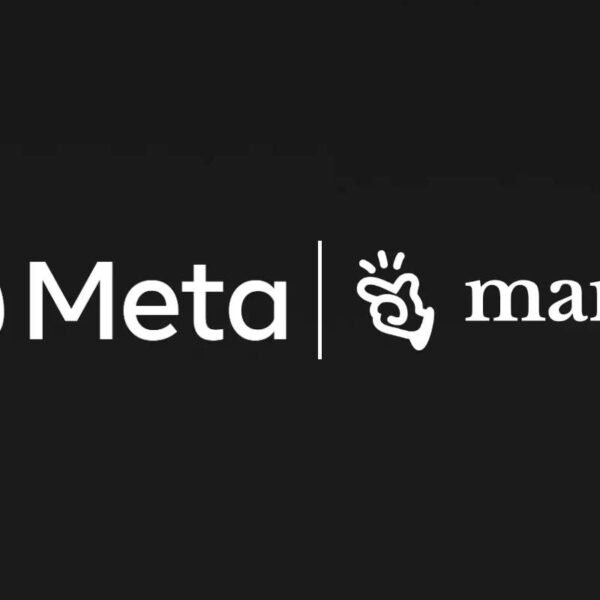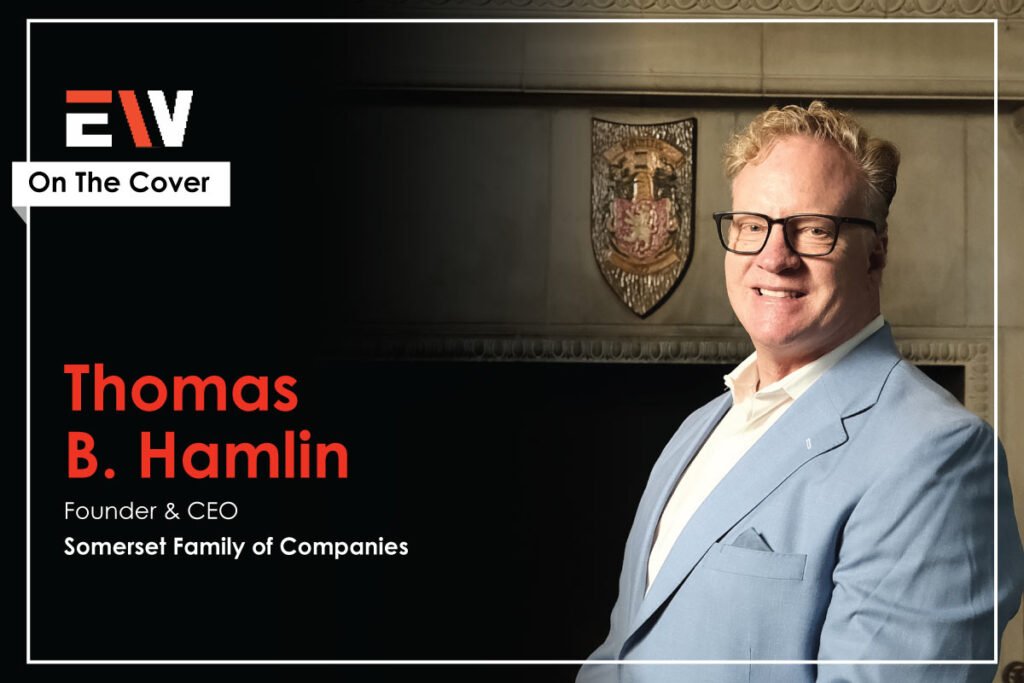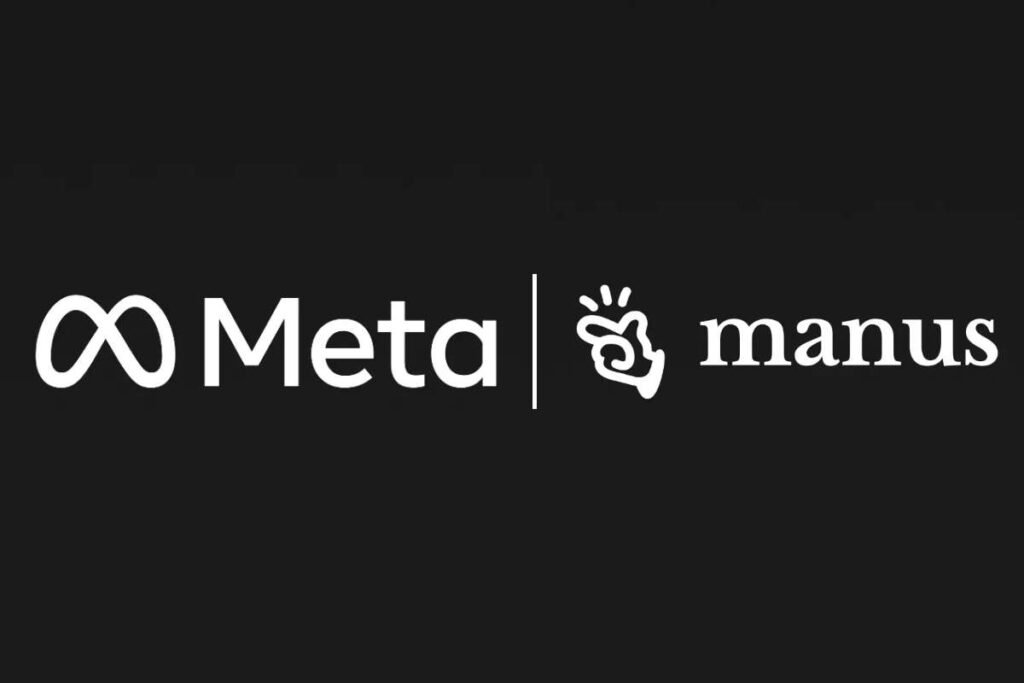Tesla has officially stepped into the self-driving taxi arena with the launch of its robotaxi service in Austin, Texas. On Sunday, the electric vehicle giant invited a select group of fans and influencers to test its new Robotaxi app, which allows users to hail autonomous rides in Tesla Model Y vehicles. These cars, while still outfitted with steering wheels and pedals, operate using Tesla’s Full Self-Driving (FSD) software, enabling them to navigate without human input.
Early reports from users on social media suggest that the pilot is running smoothly. Elon Musk previously indicated that the initial fleet would include only 10 to 20 vehicles, with expansion planned depending on performance and demand. The launch places Tesla in direct competition with Waymo Robotaxi, a subsidiary of Alphabet, which has established a strong foothold in the autonomous driving sector with operations in cities like San Francisco and Phoenix. With Tesla entering the fray, the competition in the robotaxi space is heating up.
Waymo Robotaxi Eyes Expansion Despite Challenges
While Tesla begins building its robotaxi network, Waymo continues to expand its own. Having logged millions of autonomous miles, Waymo is now targeting New York City as its next market. However, regulatory hurdles have forced the company to scale back its ambitions. In New York, Waymo Robotaxi must be driven by humans due to current legal limitations. This makes its initial offering resemble traditional taxi services, rather than fully autonomous rides.
To operate self-driving vehicles in New York, Robotaxi requires special permits from the city’s Department of Transportation (NYC DOT) and changes to state law. The company has expressed a commitment to navigating this process, but the timeline for deployment remains uncertain. New York presents unique challenges, including dense traffic, a strong taxi industry, and competition from established ride-hailing platforms like Uber and Lyft. While Waymo holds a significant lead in autonomous technology—having operated driverless cars for years—it still faces profitability concerns and regulatory resistance in new markets.
Regulatory Roadblocks and Bold Projections
Despite advancements in technology, both Tesla and Waymo face obstacles in scaling their services. Autonomous vehicle regulations in the United States are largely managed at the state and local levels, leading to a fragmented system that slows national expansion. While there have been federal efforts to create a unified framework—most notably from Transportation Secretary Pete Buttigieg and recent adjustments from the National Highway Traffic Safety Administration (NHTSA)—autonomous driving remains largely a city-by-city challenge.
Tesla’s vision for the robotaxi business is ambitious. Cathie Wood, a major Tesla investor, projects the company could generate $900 billion in ride-hailing revenue within five years, potentially accounting for 90% of its earnings. Musk has publicly agreed with this forecast. However, current figures paint a different picture. Tesla’s primary income still comes from car sales, and the new robotaxi service charges $4.20 per ride—hardly enough to revolutionize the business overnight. Comparatively, Uber reported $163 billion in gross bookings in 2024, highlighting the scale required for profitability.
As the robotaxi race accelerates, it’s clear that both technological innovation and regulatory clarity will be critical. With Tesla and Waymo Robotaxi leading the way, the future of driverless transportation is no longer theoretical—it’s already on the road.










